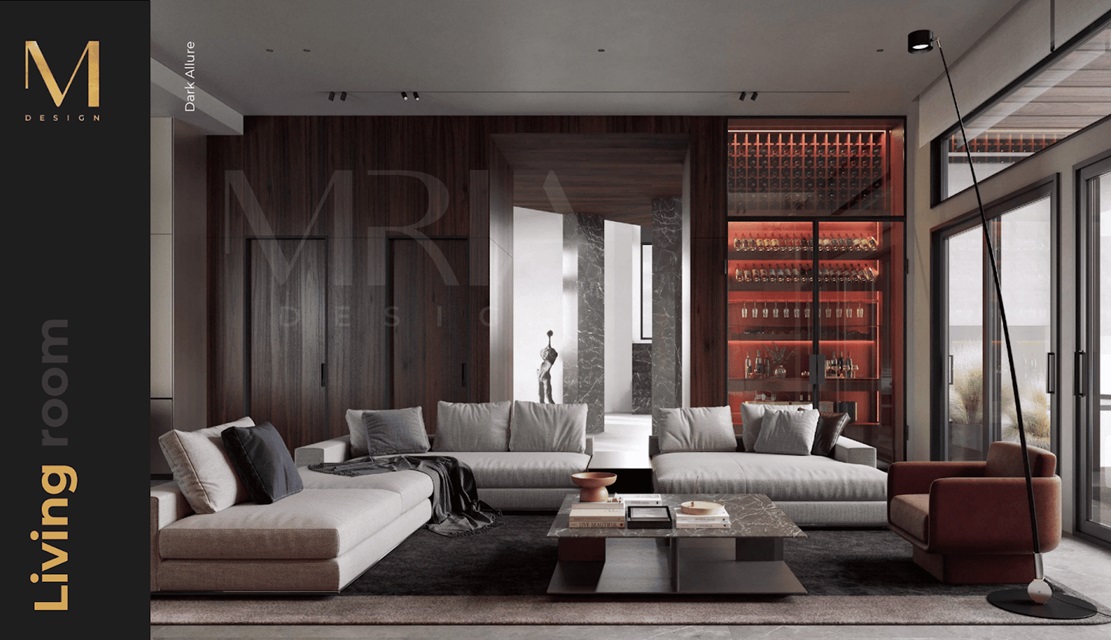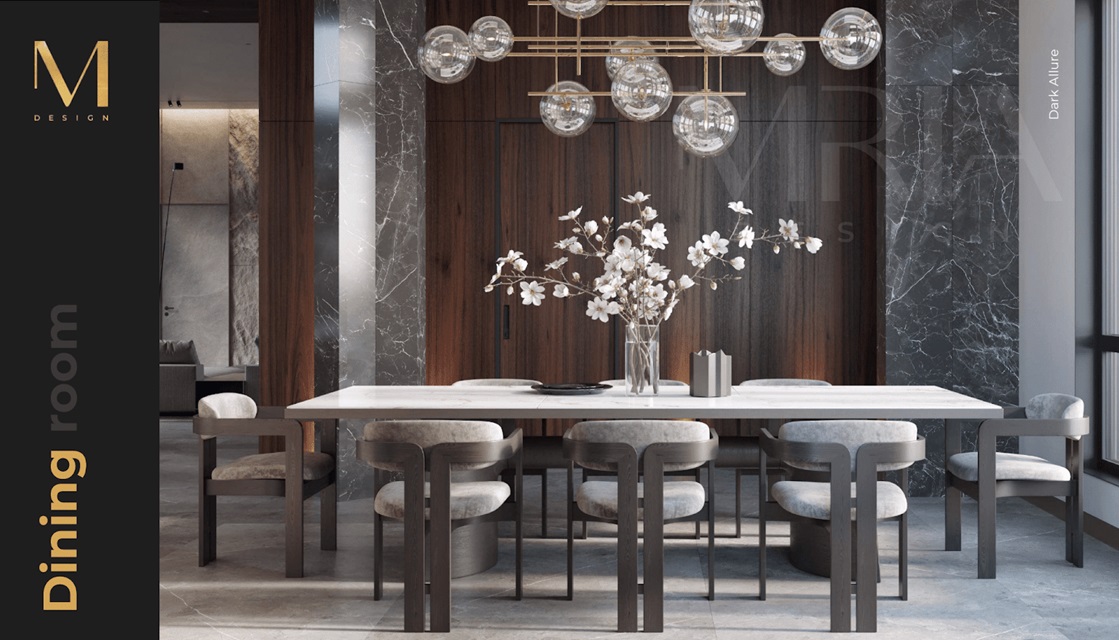Modern interior design of individual housing is an opportunity to create a unique atmosphere, innovatively and creatively design the space. Its important feature is the combination of aesthetics, ergonomics and functionality, which allows you to get comfortable and practical housing that meets the needs of modern man. More information can be found here: mriadesigns.com/residential-
Only by optimizing all processes can you create your dream space as quickly and hassle-free as possible. For this reason, the design of living spaces must be carried out by specialists with the necessary knowledge and skills.
Table of Contents
The Essence Of Architectural Design
Architectural design of a living space is not just about creating a plan. It is a creative process that requires not only an in-depth knowledge of architecture, but also an understanding of the basics to create a space that reflects style and meets the needs and preferences of the customer. Architectural planning takes into account not only functional but also aesthetic aspects.
The first thing that begins the stage of designing a living space is the definition of goals and objectives. That is, the specialist finds out for whom the room is being created, what functions it should perform, what needs it should satisfy.
After that, the work with space is carried out. It involves the layout of the rooms, how they will be connected, how the windows and lighting are organized. In all this, aesthetics plays an important role. Design, color scheme, finishing materials – all this creates the atmosphere of the room, and it should be comfortable and cozy.
At its core, successful architectural design of a living space is a balance between functionality, ergonomics and aesthetics, designed to meet the needs and preferences of the people who will be in it.
Advantages Of Architectural Design
Architectural design of living spaces has a number of advantages that contribute to the creation of comfortable and efficient living spaces. Some of the main ones include:
- Optimal use of space. Professional architects are skilled in maximizing space allocation, taking into account the preferences of the residents and creating comfortable and functional layouts. Specialists analyze the needs of clients in detail, which allows them to create personalized projects that meet the requirements and lifestyle.
- Ergonomics and convenience. Designing with ergonomic principles in mind increases comfort and maximizes the use of space.
- Aesthetics. Professional architects have the skills to create a harmonious design, take into account color solutions, competently combine textures and styles, which allows you to create an aesthetic and cozy space.
- Energy efficiency. This is facilitated by the introduction of innovative technologies and materials.
- Customized approach. Each project is developed taking into account the unique features of the terrain, climate and preferences of the customer, which creates an individual and unique dwelling.
- Timely execution of works. The availability of project documentation simplifies and accelerates the implementation of technological processes. On its basis, contractors plan their work and rationally calculate the deadlines for the fulfillment of certain tasks.

Professional architects ensure that building codes, codes and safety standards are followed to ensure quality and safety of work. Thus, architectural design services provide a comprehensive approach to creating a living space, taking into account both practical and aesthetic aspects.
What Architectural Design Consists Of
The process is multifaceted and involves several key steps.
- Research and analysis. Study of customer needs, determination of functional and style preferences.
- Concept Development. Creating the overall idea and design concept, taking into account functional and aesthetic aspects.
- Spatial planning. Determination of space allocation, creation of space plans and schematics.
- Sketch design. Work on initial sketches, visualization of ideas on form, structure and composition.
- Selection of style solutions. Determination of the general style and character of the interior, choice of color palette, materials and decorative elements.
- Engineering Solutions. Working with engineering systems such as electrical, ventilation, heating and water supply.
- 3D modeling and visualization. Creating a 3D model of the project to create a three-dimensional image of the premises and their visualization. Providing the customer with such an image helps to better visualize the final result.
- Working with the customer, making adjustments to the project in accordance with the wishes and needs of the client.
- Performing the work.
Mria Design states that each of these steps is essential to creating a quality and functional living space.



